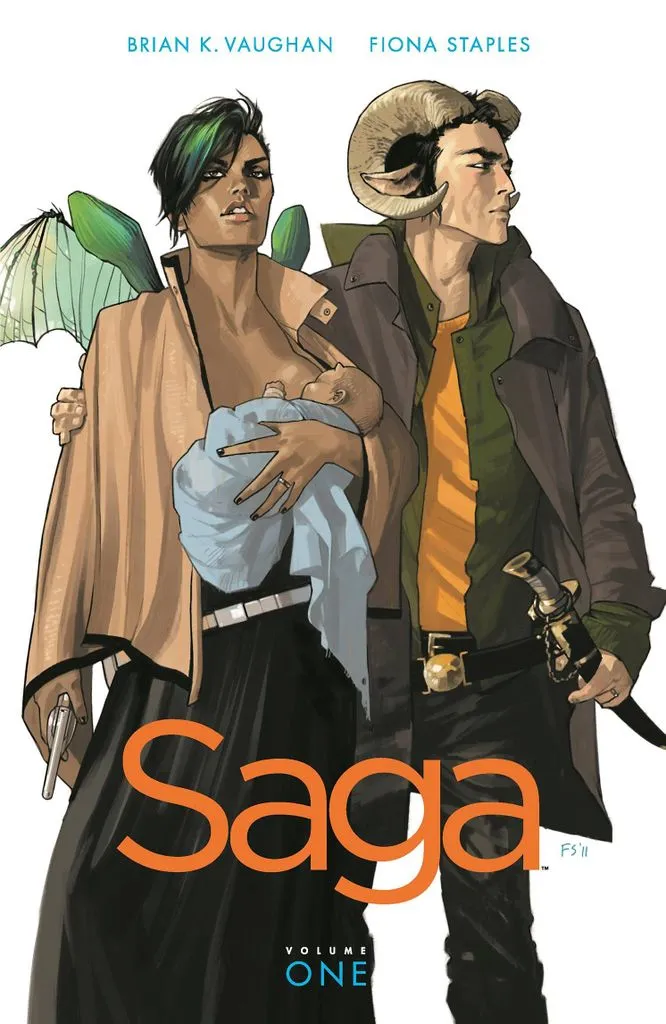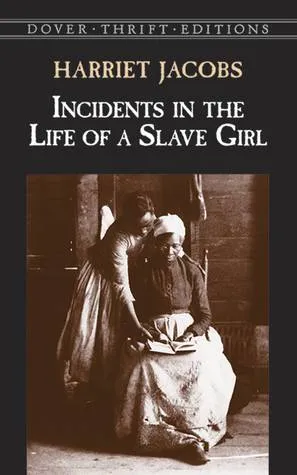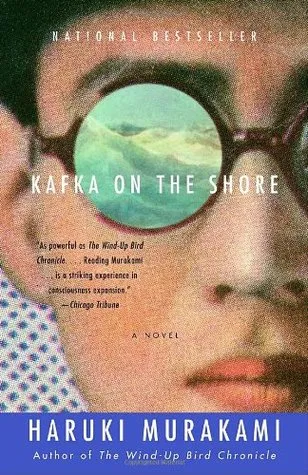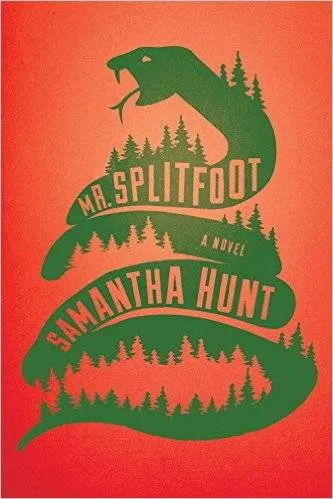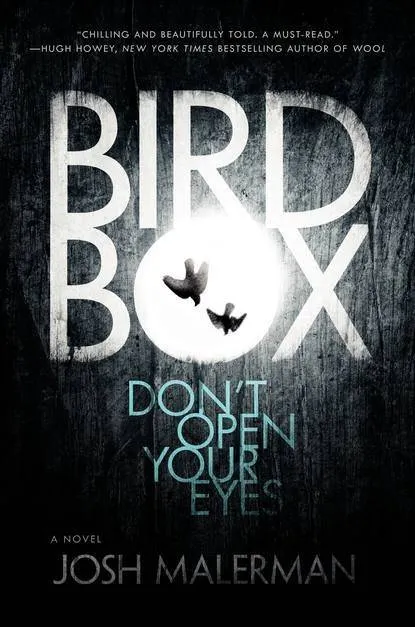
5 Violent Books I’m Glad I Pushed Myself to Read
This content contains affiliate links. When you buy through these links, we may earn an affiliate commission.
I’m just going to put it right out there, folks: I’m writing about violent books, but I am the most irritating kind of wimp. I’m that girl who knows she’s afraid of the water, but can’t stop herself from sticking her toe in to test it anyway, only to scream for the nearest lifeguard the instant an incoming wave crests above her ankle. Except water isn’t what scares me (…well, mostly—just don’t get me started on sharks, okay?). The scary seas I’m perversely drawn to are violent, frightening stories. To test the water is to read the Wikipedia entry for Silence of the Lambs or Google images of Freddy Krueger and the Babadook. And to holler “S.O.S.!!!” is to text my dear friend who writes horror stories and holds a degree in film, so I can torment her with questions like “But do you ever actually hear the lambs?” and “Why do they keep making more movies about this man???”
Why do I keep looking at these things, knowing they’ll give me nightmares? Sometimes, it’s logical: violent books and scary stories are less powerful when I know how they end. Sometimes, to be sure, it’s a tinge masochistic. But sometimes, it’s because I know I miss out on good stories by being so squeamish. Sometimes, the stories that scare me the most are the ones I most need to hear. Sometimes, violence in a story says something important—something I don’t want to miss.
That’s why, on occasion, I’ve pushed myself to watch, read, or listen to stories that push the boundaries of what I can normally handle. Here are five violent books that made me grateful I spent time in the frightening worlds beyond my comfort zone, and the five very different reasons why they did.
I first became aware of Saga, the story of two citizens of warring alien nations who fall in love and go on the run with their child, by way of this hilarious essay by superhero scholar Glen Weldon. At the time, Saga sounded so violent I assumed I’d have to avoid it forever. I mean, no way could I handle a ghost whose intestines visibly dangled from her body, right? But today, that violently-murdered spirit is one of my all-time favorite characters, and I grab new trade paperbacks of Saga the instant they’re released. The thing is, Saga is a tale of love and war, and it takes both halves of that coin seriously. The violence in the series may be lurid, and it’s frequently heartbreaking, but it’s there to show how war disproportionately harms the innocent—and what happens next. I grieve the war crimes I see in the pages of this comic, but I always feel the comic itself grieves with me, all while telling a story so compelling I couldn’t look away now if I wanted to.
I can’t think of a better reason to read something with violent content than to learn more about systemic violence, and Incidents in the Life of a Slave Girl is an indispensable portrait of oppression that deepened my understanding of sexist and racist power structures both past and present. It’s an autobiographical narrative that details how slavery and sexual violence not only devastated Jacobs’s own life, but also impacted everyone in her family. Particularly if you’re concerned about the ways women’s bodies are controlled in the United States in 2018, this tale of a black woman whose body was literally owned by a white man in 1825 is essential reading.
Before I get too excited about Kafka on the Shore, let me stamp a great big content warning on it for animal violence. There’s one particularly brutal scene that I still kind of wish I hadn’t read, and that doesn’t do much beyond making the point that yes, indeed, the mysterious creepy villain we’ve been following is very scary. This isn’t one of the cases where I was okay with the violence in a story because that violence served a greater purpose. On the contrary, it was a situation where even though that one violent scene upset me a lot, it wasn’t enough to make me regret reading the book as a whole. Kafka on the Shore is a weird, whimsical book that reads like Alice in Wonderland might if it were about the after-effects of nuclear war, and I’m glad I visited its world even if I’m equally glad I don’t have to live there full-time.
I think of Mr. Splitfoot—the story of two children, one of whom might or might not be psychic, who escape the foster care of a cult leader—as the opposite of Kafka on the Shore. Where Kafka on the Shore has a single gruesome scene that establishes its villain’s fearsomeness in an excessive way, Mr. Splitfoot has a single gruesome scene that establishes its villain’s fearsomeness to just the right degree. It adds just the right amount of chilling “ick” to the story, and it lasts just long enough (i.e., not long). Its eeriness fits well tonally with the rest of the book, which keeps us guessing to the end whether our protagonists are dealing with natural or supernatural forces.
That’s right, dear readers: after all that, I finally managed to read my very first legitimate horror novel! It was harrowing…and I loved it. The premise of Bird Box is that people all over the world are seeing something that causes them to inflict horrifying acts of violence on themselves and others. In response, survivors only ever leave their homes blindfolded. Amidst all the chills, I was delighted to discover a lot of warmth in this book: ultimately, it’s about both the best and the worst of what horrific events bring out in people. This may sound like a stretch, but I’d recommend Bird Box to fans of Emily St. John Mandel’s Station Eleven: both are startlingly humane renderings of what our world might look like if it were demolished, and they share a haunting tenderness that makes me remember them both with fondness rather than fright.
How well do you tolerate violence in your reading material? What violent books have you read that used violence constructively—or not so constructively? My wimpy heart welcomes recommendations and warnings alike!
And, find 50 recommendations for horror novels here.



